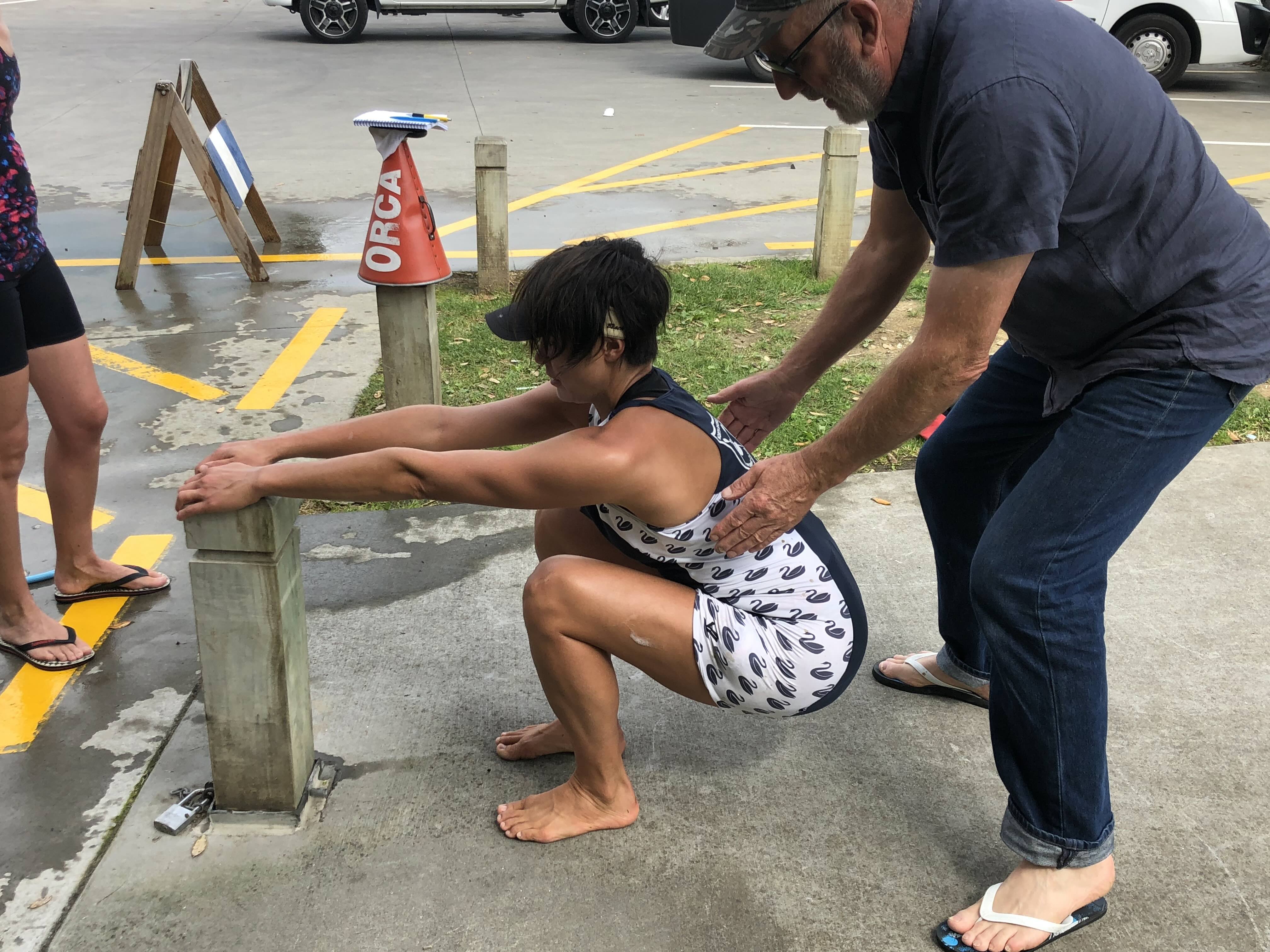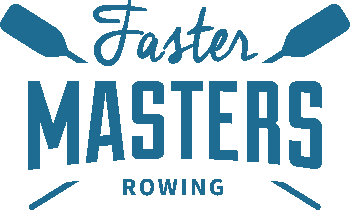Different needs for different levels of experience. This goes without saying, because within any one masters group (whether beginners or elite racers) I find vastly differing back-histories. We have top racers who have never lifted weights and beginners who have a lot of experience.
This article sets out some of the goals for core strength based on the athlete’s expertise in the weights / strength gym. It’s not based on their rowing experience.

Beginners (Building Awareness)
Focus: Activation and endurance rather than brute strength.
Exercises:
- Dead bug (for core engagement without tension).
- Plank (basic but effective for posture control).
- Seated stability drills (e.g., holding the finish position off the erg).
Intermediates (Developing Endurance & Dynamic Control)
Focus: Stability under movement and fatigue resistance.
Exercises:
- Side planks with rotation (simulates the controlled motion needed in rowing).
- Bird dogs (integrates core control with movement).
- Hanging knee raises (engages deep core while mimicking rowing posture).
Advanced (Enhancing Performance & Stability Under Load)
Focus: Maintaining stability under high force and dynamic conditions.
Exercises:
- Pallof press (resisting rotational instability).
- Single-leg deadlifts (core engagement in asymmetrical movement).
- Weighted Russian twists (controlled rotation to simulate boat movement).
Working in the boat
Why Train Core in the Boat?
- It improves stroke efficiency by preventing unnecessary torso movement.
- It enhances boat balance, especially in small boats.
- It reduces the risk of injuries, particularly in the lower back.
While rowing itself is a core workout, supplementing it with land-based core training (planks, Russian twists, anti-rotation exercises) will give you even better results.
When working with less experienced athletes, I explain core stability in the boat as two things. Holding your “tummy firm” and “clenching your glutes as if you’re holding in a fart”. This always gets a laugh and it’s a surprisingly effective way to show them which muscles they need to control.
Ways to Train Core in the Boat:
1. Pause Drills for Stability:
- Pause at Arms Away – After the finish, hold the position with arms extended to engage your core and maintain balance.
- Pause at Body Over – This isolates core engagement and reinforces control in the transition from the finish to the catch.
2. Slow Ratings and Controlled Movements:
- Rowing at low stroke rates (18-22 spm) with a focus on slow, controlled slides forces your core to work harder to stabilize the boat.
3. Single-Leg Rowing for Core Activation:
- Rowing with one foot out of the shoe and resting on the foot stretcher forces your core to stabilise the movement and maintain balance.
- Alternate feet to ensure equal training on both sides.
4. Side-to-Side Balance Drills:
- Balance at the Finish – Sit tall at the finish with blades off the water for a few seconds, engaging your core to keep the boat stable.
- Feet-Out Rowing – Rowing without strapping into the foot stretchers forces you to use core strength to maintain stability through the drive and recovery. An easier start for this is to loosen the shoe laces/velcro on the shoes.
5. Half-Slide Rowing for Core Control:
- Rowing at half-slide limits leg drive, forcing the core to take more responsibility for balance and power transfer.
6. Sculling for More Core Engagement:
- If you usually sweep row, try sculling (double or single) to increase the challenge on your core stability. Sculling requires more independent control of each hand, which engages the core more dynamically.
In-boat drills for core – get them to tighten their tummy muscles at pause points. Then rolling forward, get them to tighten glutes (describe this as holding in a fart) as they approach the change of slide direction at the catch.
Yes, you can train your core effectively while rowing, as the sport itself naturally engages core muscles. However, to specifically target core strength and stability, you can incorporate focused drills and techniques into your on-water sessions.
Get regular strength training
We offer a monthly strength training program which can be introduced at any time of year. It includes core strengthening exercises.


